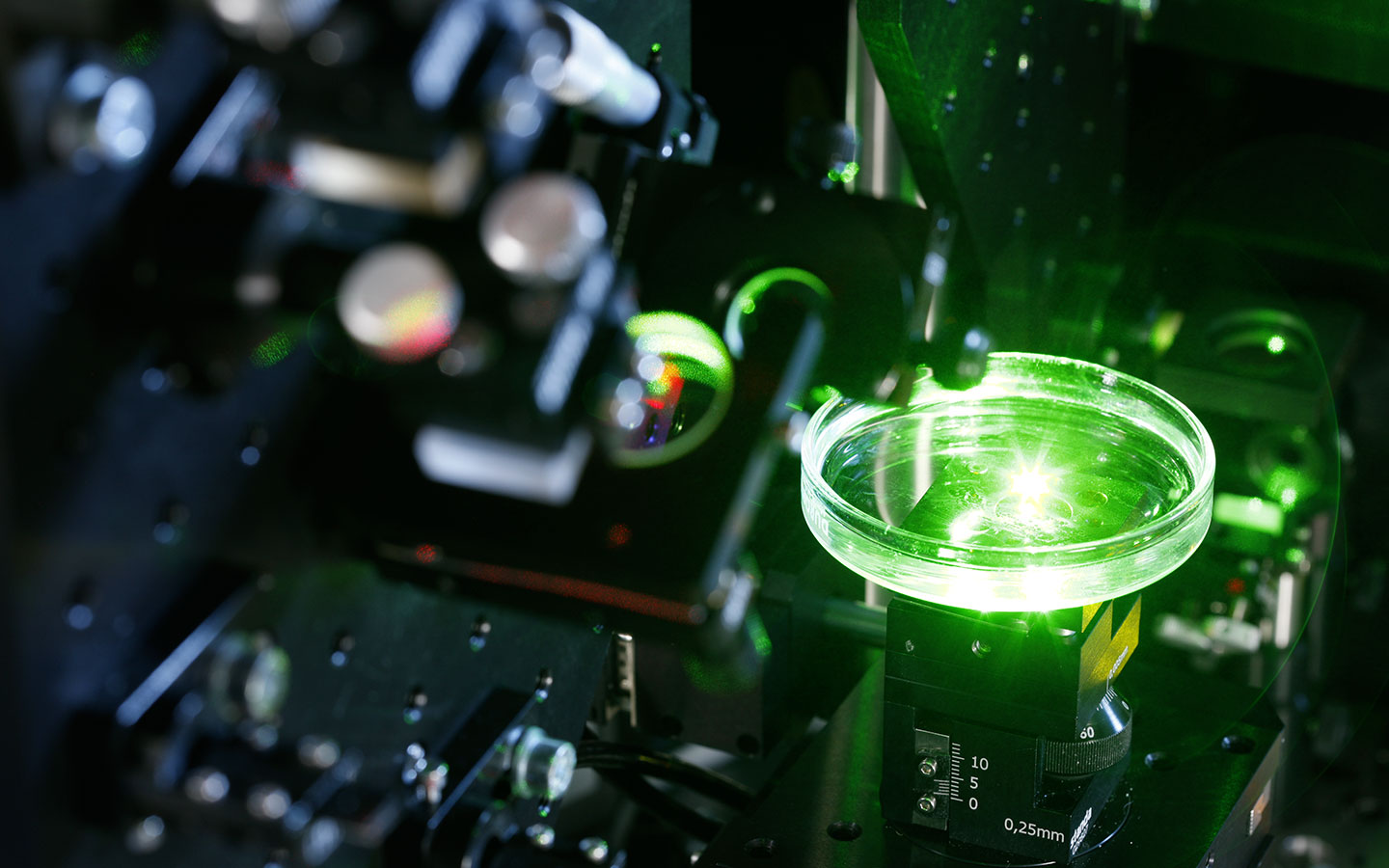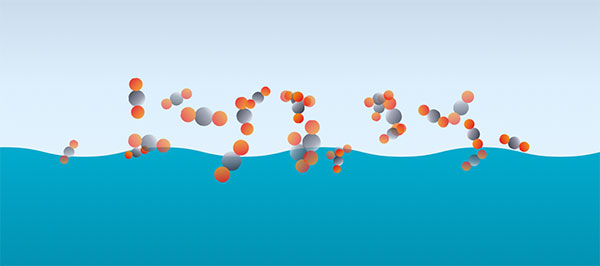
Thin Layer with Great Impact: The Ocean – Atmosphere Interface
Since the beginning of the industrial revolution about 150 years ago concentrations of the greenhouse gas carbon dioxide (CO2) have been continuously increasing in the atmosphere. Humans are responsible for this through the burning of fossil fuels (coal, oil, gas) and extensive land use (deforestation, agriculture, urbanization). The CO2 increase is leading to global warming and without the oceans – which account for more than one third of the earth's surface and take up a great amount of the man-made CO2 from the atmosphere – climate change would already be much worse. Hence, the gas exchange between ocean and atmosphere plays a crucial role for our climate on earth.
The gas exchange takes place at a very thin layer at the ocean surface. Mainly three factors influence the uptake of CO2 molecules: temperature, wind speed and phytoplankton growth (see figure). Furthermore, the accumulation of natural and artificial substances at the sea surface creates the so-called "microlayer" in which different processes occur. Many of these small scale processes and their potential impacts on our climate are still unknown and currently being investigated in the interdisciplinary marine sciences in Kiel.

